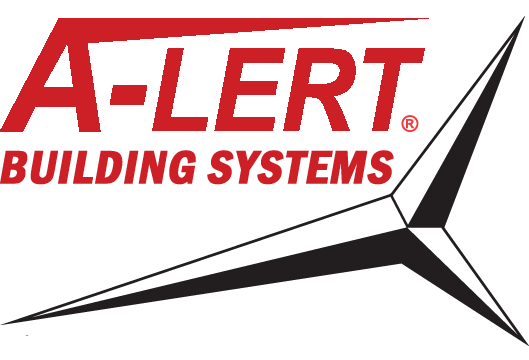The concept of accessibility is a fundamental aspect of inclusivity and equal opportunity. When it comes to self-storage facilities, ensuring compliance with the Americans with Disabilities Act (ADA) is essential. ADA compliance is not only a legal requirement but also a way to create a welcoming and accessible environment for individuals with disabilities. In this blog post, we will explore the importance of ADA compliance in self-storage buildings and discuss key considerations for achieving accessibility for all.
Understanding ADA Compliance
The Americans with Disabilities Act (ADA) was enacted in 1990 to protect the rights of individuals with disabilities against discrimination. The law covers a wide range of areas, including public accommodations, employment, transportation, and more. In the context of self-storage buildings, ADA compliance means that these facilities must be accessible and usable by individuals with disabilities.
Importance of ADA Compliance in Self-Storage Buildings
Equal Access and Inclusion: ADA compliance ensures that individuals with disabilities have equal access to self-storage facilities. It promotes inclusivity and allows everyone to enjoy the benefits of these services without any barriers or limitations.
Legal Requirements: ADA compliance is not optional—it is a legal requirement. Non-compliance can result in legal consequences, including lawsuits, fines, and reputational damage. By adhering to ADA guidelines, self-storage businesses can avoid legal issues and demonstrate their commitment to accessibility.
Key Considerations for Achieving ADA Compliance
1. Accessible Parking: Provide designated accessible parking spaces close to the entrance of the facility. These spaces should be properly marked, well-maintained, and easily accessible to individuals with disabilities. The number of accessible parking spaces required for your project and their locations can be determined by your architect.
2. Entrance and Exits: Ensure that entrances and exits are wide enough to accommodate wheelchair users. Install ramps or lifts for individuals who cannot use stairs. Additionally, doors should be easy to open and navigate, with appropriate handles and automatic door openers where necessary.
3. Pathways and Aisles: Clear, wide pathways and aisles are crucial for wheelchair users to move around the facility. Remove any obstacles or hazards that may hinder accessibility. Ensure that pathways are well-lit and have non-slip surfaces.
4. Signage and Wayfinding: Install clear and visible signage throughout the facility, including Braille signage for individuals with visual impairments. Signage should indicate accessible routes, restrooms, elevators, and other important areas.
5. Restrooms: Self storage facilities that provide restrooms for customer use should design accessible restrooms that comply with ADA guidelines. These restrooms should have adequate space, grab bars, and accessible fixtures, including sinks, toilets, and mirrors.
6. Customer Service and Communication: Train staff to provide excellent customer service to individuals with disabilities. This includes understanding their needs, offering assistance when required, and ensuring effective communication. Staff should be knowledgeable about ADA guidelines and be able to address accessibility-related inquiries or concerns.
7. Unit Accessibility: In most self storage facilities, a certain number of storage units will be specifically designed for individuals with disabilities, including ramps for wheelchair accessibility and door hardware that allows the operation of the roll up doors on these units from a wheelchair height. These units may also include features such as lower shelves, accessible handles, and proper lighting for easy navigation and usability.
Conclusion
ADA compliance is crucial for self-storage buildings to ensure equal access and inclusion for individuals with disabilities. By adhering to ADA guidelines, self-storage facilities can provide a welcoming environment for all customers, avoid legal issues, and demonstrate their commitment to accessibility. Remember, promoting accessibility goes beyond meeting legal requirements; it is about fostering an inclusive society that values and embraces diversity in all aspects of life.

